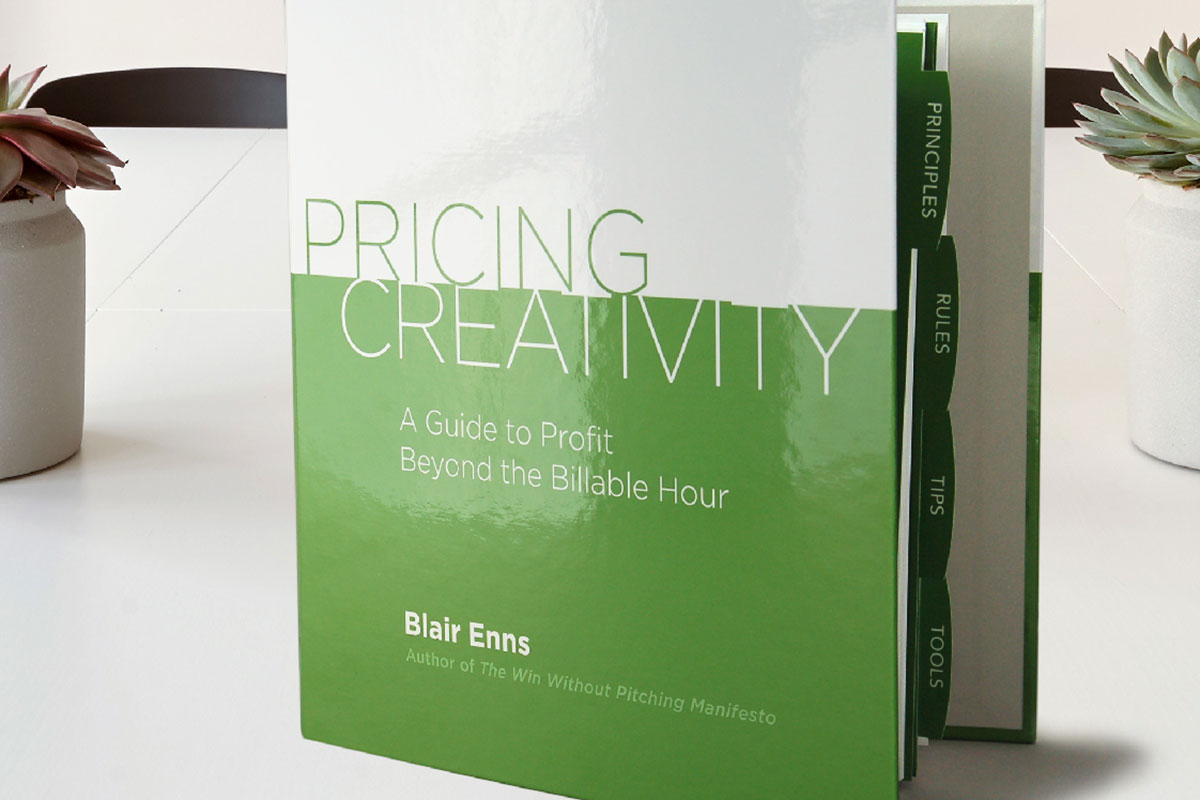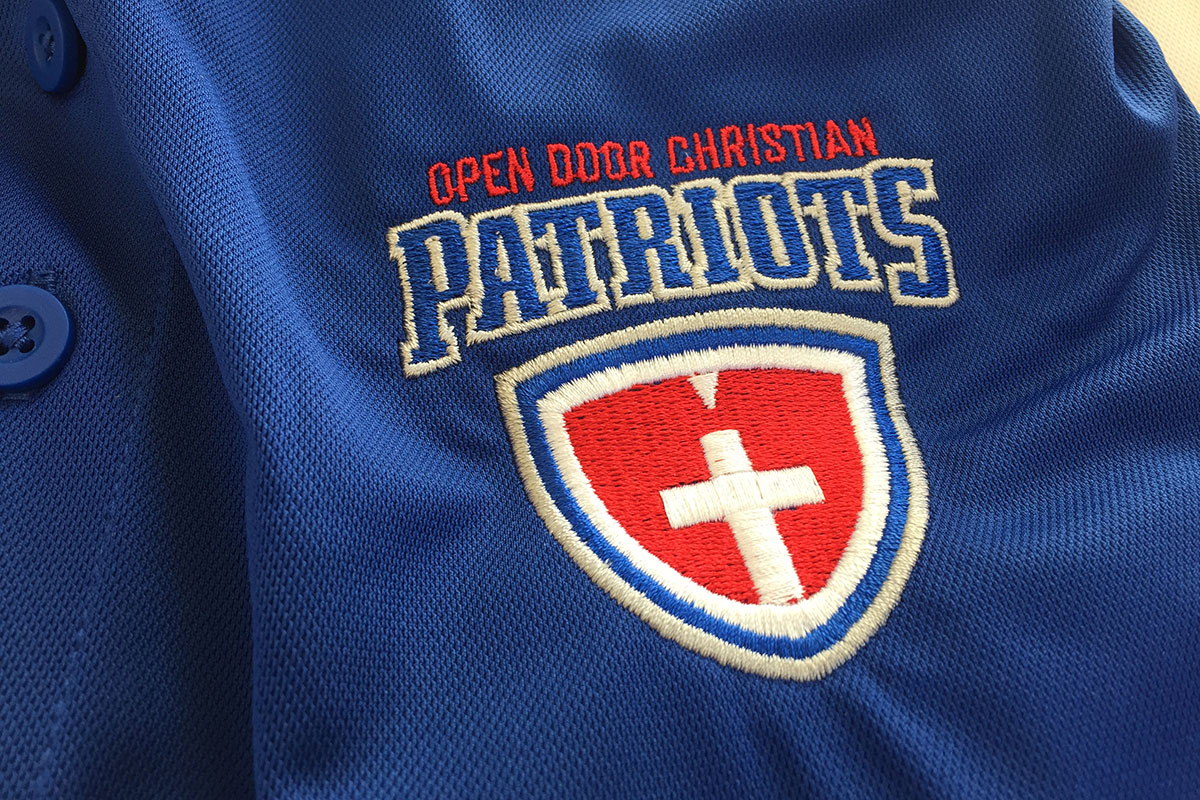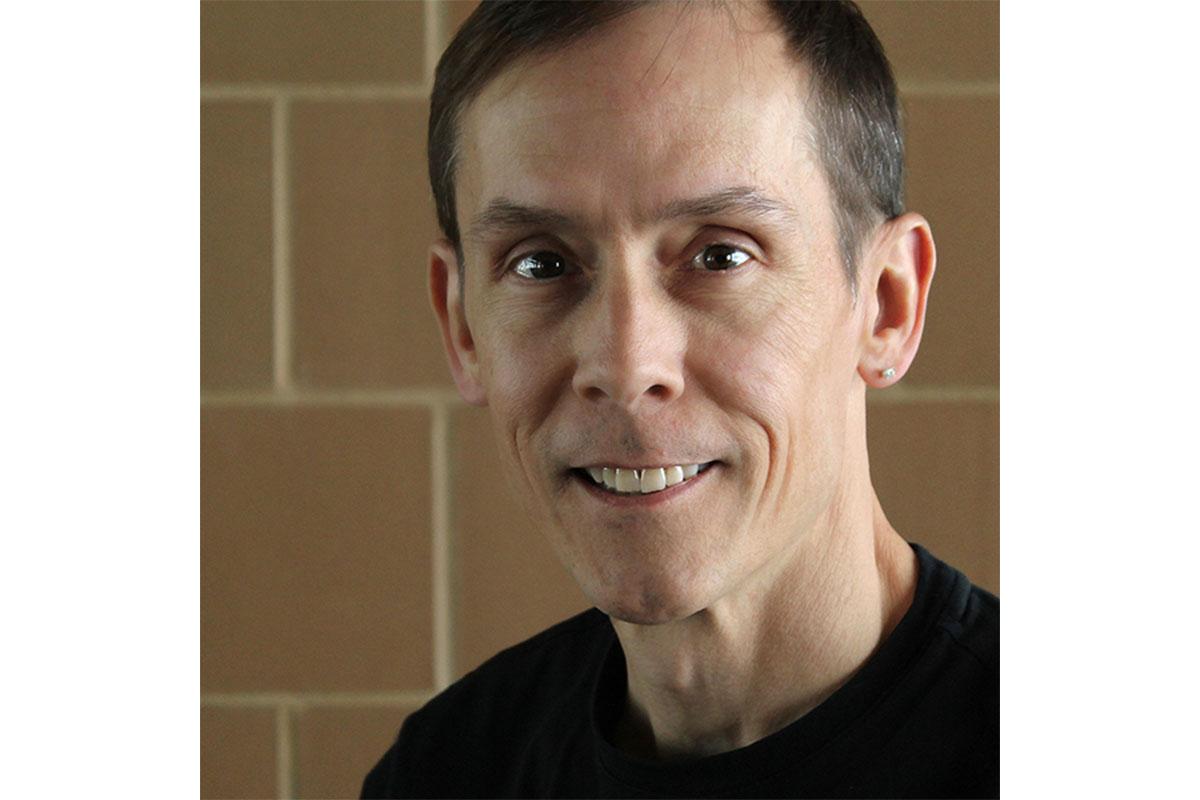Alumni Update: Interview with Brian Sooy
Brian Sooy | Graphic Design BFA (1984)
President, Creative Director, Author | Aespire | Altered Ego Fonts | Personal Website
Alumni Brian Sooy (’84) is a design Strategist, Author, and Typographer. Working his way to being President and Creative Director at Aespire, designing type through Altered Ego Fonts, and writing the book, Raise Your Voice: A Cause Manifesto, are just some of the many accomplishments Brian has achieved in his career post graduation to now. Through this interview, we discussed his time at BGSU, his interests and approach to design, and his plans for the future.
Tell us about your time at BGSU.
I earned a BFA in Graphic Design from BGSU in 1984. At that time, the degree program consisted of five or six courses in graphic, industrial, and advertising design.
Graphic Design as a sector was pre-digital. The first Macintosh was released in 1984; I had the good fortune to work on a Mac at a publisher in Bowling Green for whom I worked upon graduation.
Much of my education was in fine art classes: drawing, painting, photography, and other disciplines. During my two and one-half years at BGSU, I became fascinated with calligraphy, contemporary hand lettering, typography, and type design.
The rest of my education came from self-study and opportunities to work for printing companies early in my career.
Why did you choose BGSU to study design?
It was more a matter of familiarity with the University than anything else. I was interested in graphic design, and while I was also accepted into another institution, I chose BGSU because of its integration of art and graphic design in the curriculum.
What advice would you give to students currently in the program?
- Stay curious.
- Learn how to be a great writer. Understand how the elements of story can help you solve problems.
- Explore the possibility of taking one or two psychology classes. When you understand what motivates people (The desire to thrive and survive), and how they make decisions (primary by emotion), you’ll be a better designer. Study Maslow’s hierarchy of needs.
- Take at least one business class so you understand how business works.
- As you begin your career, develop expertise in a topic for which you have a passion, so you can help people solve problems with design that aligns with your expertise. The world has enough generalists.
- Find two mentors, at least one living and one dead. Seriously. There is much to be learned from the past masters of our craft.
- Paul Rand inspired and still teaches me; I credit my strength in visual identity design to him (what most people call “branding”).
- Marty Neumeier, a friend and mentor (and author of “The Brand Gap” and “The Brand Flip”) helped me understand what brand really is.
- If you keep in mind that design has the power to influence, inspire, and engage people, you’ll do well. Always remember it’s not about you.
More advice here:
Were you always interested in mission-driven design? When and what caused you to go this route?
“Design” is a broad term which can apply to many areas of practice. On its own, design for design’s sake serves to make life more beautiful.
I have always approached design as a process for problem-solving and a catalyst for communications.
Mission-driven design is a framework that aligns design and communications with an organization’s purpose and mission — why it exists, and what it promises to achieve.
I did not arrive at this perspective until I began to write extensively to establish Aespire expertise (prior to writing “Raise Your Voice”). The idea that “mission-driven design is a catalyst for cause communications” is a filter that guides my writing and perspective.
Cause speaks to purpose; mission speaks to process. Customers and supporters of an organization are more likely to buy from or support that company or cause if the purpose and mission motivate them.
If there’s one word that describes the result of this approach, it’s “clarity.” An understanding of language and writing is a powerful tool to help organizations bring clarity to who they are, what they do, why they matter, and the difference they make.
Design and message work together to create the most effective communications.
Mission-driven design empowers you to share a message — with one voice — that gives people reasons to believe in your organization or brand, and connects your mission with your audience in a way they understand and to which they can relate.
Tell us about your book Raise Your Voice: A Cause Manifesto. What inspired you to write it and did you ever think this is something you would do after graduating?
After graduation, I envisioned a long, fulfilling career designing stuff for people. That’s the extent of the direction and focus I had at that time!
Now I know better. I never considered the potential of being an author until the consultants who guide me introduced the idea of writing a book as a way of differentiating Aespire and validating our expertise. A designer or agency must have empathy and authority to establish credibility; “Raise Your Voice” establishes my expertise more effectively than any brochure can.
My journey into a new level of content marketing began with a Facebook Messenger post from my future publisher, reading, “When are you going to write a book, you fool?”
I was already in the midst of a regular content marketing strategy on aespire.com/insights with content for mission-driven organizations. I was also in the process of exploring the vertical sectors we were best suited to serve at that time.
The publisher’s challenge was a call to take content marketing to a new level, with timeless content for smart readers published in book form. Resisting the allure of publishing about trending themes is a long tail approach, but he assured me, “[When you publish] the whole world looks at you differently.”
With that, the gauntlet was thrown, the challenge made, and the publisher finished his pitch to me with this comment: “You’ll be a fool until it’s published.” It was an unusual way to begin a relationship with a publisher and to begin the journey of writing my first book.
Since its publication, “Raise Your Voice: A Cause Manifesto” remains top-rated in multiple categories on Amazon. Readers love The Cause Manifesto, and apply its 12 resolutions for communications and culture every day. Multiple readers have encouraged me to re-write it for a business audience because the principles are so timeless and relevant.
“Raise Your Voice” opens doors to new clients and continues to help Aespire raise its voice as a leader in research and marketing for causes and the companies who support them.
In your book you talk about the importance of defining a purpose and having a mission statement within an organization. Do you have a mission statement of your own?
Yes! It only makes sense if our mission is client-focused, right?
Aespire empowers organizations to define their identity, understand their market, and communicate with clarity so their brands flourish, grow, and achieve their potential. We build brands people love.
What is it like being the the founder and design director of Aespire? When did you decide to make this step?
I’ve guided the business for 22 years along with my wife and business partner, Lisa Sooy (A BGSU Business Education graduate, 1984).
Aespire is the reinvention of the agency, originally formed as Brian Sooy & Co. I had the courage to reinvent myself and the agency, something that should happen every few years.
Running a business is exhilarating and terrifying. I can’t imagine ever doing anything else; at the same time, it can be isolating and lonely. We work hard to ensure our clients succeed.
All this took a level of courage — to proclaim that we are experts and articulate it well. Courage to start a new practice, as a division of the business that bore my name for many years. Courage to completely move from personality to position and process in business development. Courage to allow the business to become something new, and in doing so, perhaps leave a legacy when it’s time to follow another path.
What did you do before Aespire? What was your journey like post-graduation to now?
I summarized my journey for AIGA Cleveland in 2015 in “From There to Here: One Designer’s Journey”. To quote from the article:
“30 years from now, your interests, your opportunities, your skills will have changed. You’ll go through phases in your career (you may even change careers; but once a designer, always a designer).
Consider my path: Junior designer to designer to art director; lettering artist to creative director; part-time professional (at a local greeting card company) to design firm principal. From type designer to strategist to author, and still a designer.
Each path you walk is part of the long journey of a life of design.
It’s not what you do; it’s how you think. Technology changes, styles evolve. What you created yesterday is now an artifact of art history. The world will always have a need for design thinking and problem solving.
None of us get from there to here without emulating those whose work and thinking we admire; nor can we escape the influence of those who laid the foundation of process, aesthetic, and technology upon which we build.”
Do you have any favorite projects you have designed or causes you’ve worked for?
One of my favorite type design projects is the typeface Lucerna, designed for the New Living Translation Bible from Tyndale Publishing. Lucerna solved readability and efficiency problems.
My favorite design projects are identity and branding projects:
· In 2010, I designed the book “The Win Without Pitching Manifesto,” a perennial seller (3 copies a day). We’ve worked with Win Without Pitching ever since, helping them change the way creative services are bought and sold the world over as they have evolved from a consulting to a training organization.
· More recently, we worked with a private school on their brand and visual identity. Aespire help guide Open Door Christian Schools through the process of aligning their purpose, values, and message with a new visual identity that clearly communicates who they are, what they do, and the difference they make. This is how branding is supposed to happen.
· Creating the name, messaging, and brand presence for Nzuri: Beautiful Kenyan Wool Works allowed us to create a strong presence for this social enterprise company that empowers Kenyan women.
I saw you also design for Altered Ego Fonts. Have you ever come across your fonts being used in other people’s designs? If so, what is the most interesting place you’ve seen them be used?
I’m always on the lookout for my typefaces; I call it “Type spotting.”
· The most exotic and remote place in which I have seen one of my type designs is Verona, Italy (on a child’s balloon, attached to a stroller). I raced after the parent, trying to get a photo while the balloon bobbed on a string).
· I look at packaging at major retailers to scan for typefaces from the Altered Ego library. AE Verve™ appears on the cover of the Dred Chronicles series by Ann Aguirre, throughout Disney’s “Star Darlings” book for tweeners, and on the Star Shower products that project snowflakes on the front of a home at Christmas.
· In 2006, graduate student Aydin Mohseni deconstructed Verve for his thesis.
Do you have any plans or goals for the future in where design will take you?
Yes! We’re in the process of reinventing the agency (again), with a stronger focus on guiding struggling organizations to create a brand people love, care about, and connect with through research, strategic direction, identity, and messaging.
As I continue to learn and understand what motivates people, Aespire has added new research tools and frameworks to our process. We’re one of a select few certified in a brand identity research tool that reveals how brand owners and customers perceive the human characteristics of an organization or brand.
I am a certified StoryBrand Guide, a framework designed to help companies and causes clarify their message to grow their business.
These two resources strengthen our existing framework in ways I’m just beginning to explore and understand. It’s exciting to lead an agency of like-minded people who seeks our client’s success first.
Interviewed by Gianna Ulizzi



